Yuxin Zheng
Detail-Preserving Latent Diffusion for Stable Shadow Removal
Dec 23, 2024Abstract:Achieving high-quality shadow removal with strong generalizability is challenging in scenes with complex global illumination. Due to the limited diversity in shadow removal datasets, current methods are prone to overfitting training data, often leading to reduced performance on unseen cases. To address this, we leverage the rich visual priors of a pre-trained Stable Diffusion (SD) model and propose a two-stage fine-tuning pipeline to adapt the SD model for stable and efficient shadow removal. In the first stage, we fix the VAE and fine-tune the denoiser in latent space, which yields substantial shadow removal but may lose some high-frequency details. To resolve this, we introduce a second stage, called the detail injection stage. This stage selectively extracts features from the VAE encoder to modulate the decoder, injecting fine details into the final results. Experimental results show that our method outperforms state-of-the-art shadow removal techniques. The cross-dataset evaluation further demonstrates that our method generalizes effectively to unseen data, enhancing the applicability of shadow removal methods.
OmniSR: Shadow Removal under Direct and Indirect Lighting
Oct 02, 2024



Abstract:Shadows can originate from occlusions in both direct and indirect illumination. Although most current shadow removal research focuses on shadows caused by direct illumination, shadows from indirect illumination are often just as pervasive, particularly in indoor scenes. A significant challenge in removing shadows from indirect illumination is obtaining shadow-free images to train the shadow removal network. To overcome this challenge, we propose a novel rendering pipeline for generating shadowed and shadow-free images under direct and indirect illumination, and create a comprehensive synthetic dataset that contains over 30,000 image pairs, covering various object types and lighting conditions. We also propose an innovative shadow removal network that explicitly integrates semantic and geometric priors through concatenation and attention mechanisms. The experiments show that our method outperforms state-of-the-art shadow removal techniques and can effectively generalize to indoor and outdoor scenes under various lighting conditions, enhancing the overall effectiveness and applicability of shadow removal methods.
NTIRE 2024 Challenge on Low Light Image Enhancement: Methods and Results
Apr 22, 2024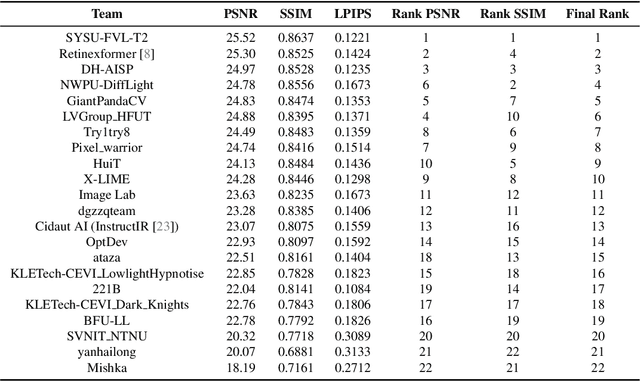

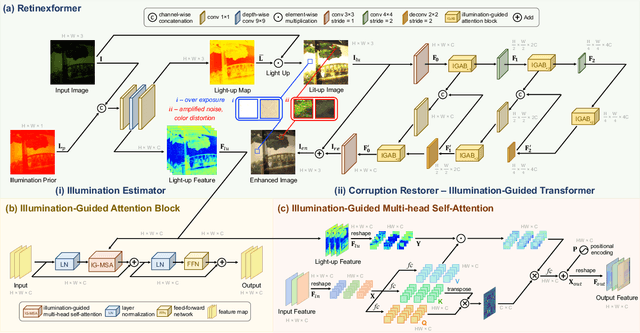

Abstract:This paper reviews the NTIRE 2024 low light image enhancement challenge, highlighting the proposed solutions and results. The aim of this challenge is to discover an effective network design or solution capable of generating brighter, clearer, and visually appealing results when dealing with a variety of conditions, including ultra-high resolution (4K and beyond), non-uniform illumination, backlighting, extreme darkness, and night scenes. A notable total of 428 participants registered for the challenge, with 22 teams ultimately making valid submissions. This paper meticulously evaluates the state-of-the-art advancements in enhancing low-light images, reflecting the significant progress and creativity in this field.
Conversational Swarm Intelligence, a Pilot Study
Aug 31, 2023


Abstract:Conversational Swarm Intelligence (CSI) is a new method for enabling large human groups to hold real-time networked conversations using a technique modeled on the dynamics of biological swarms. Through the novel use of conversational agents powered by Large Language Models (LLMs), the CSI structure simultaneously enables local dialog among small deliberative groups and global propagation of conversational content across a larger population. In this way, CSI combines the benefits of small-group deliberative reasoning and large-scale collective intelligence. In this pilot study, participants deliberating in conversational swarms (via text chat) (a) produced 30% more contributions (p<0.05) than participants deliberating in a standard centralized chat room and (b) demonstrated 7.2% less variance in contribution quantity. These results indicate that users contributed more content and participated more evenly when using the CSI structure.
Binarized Spectral Compressive Imaging
May 17, 2023
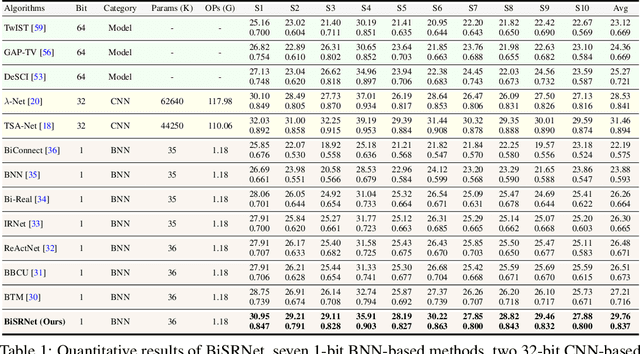
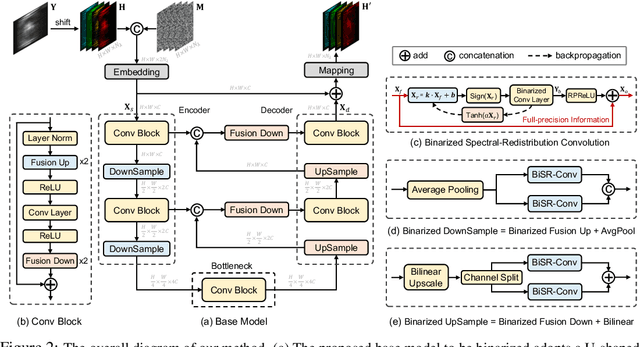
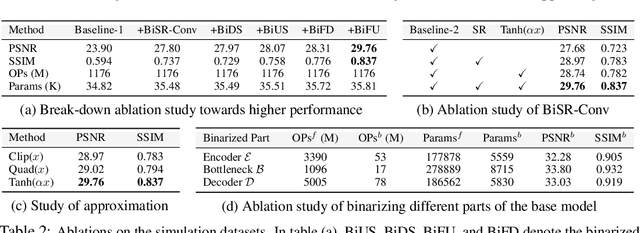
Abstract:Existing deep learning models for hyperspectral image (HSI) reconstruction achieve good performance but require powerful hardwares with enormous memory and computational resources. Consequently, these methods can hardly be deployed on resource-limited mobile devices. In this paper, we propose a novel method, Binarized Spectral-Redistribution Network (BiSRNet), for efficient and practical HSI restoration from compressed measurement in snapshot compressive imaging (SCI) systems. Firstly, we redesign a compact and easy-to-deploy base model to be binarized. Then we present the basic unit, Binarized Spectral-Redistribution Convolution (BiSR-Conv). BiSR-Conv can adaptively redistribute the HSI representations before binarizing activation and uses a scalable hyperbolic tangent function to closer approximate the Sign function in backpropagation. Based on our BiSR-Conv, we customize four binarized convolutional modules to address the dimension mismatch and propagate full-precision information throughout the whole network. Finally, our BiSRNet is derived by using the proposed techniques to binarize the base model. Comprehensive quantitative and qualitative experiments manifest that our proposed BiSRNet outperforms state-of-the-art binarization methods and achieves comparable performance with full-precision algorithms. Code and models will be released at https://github.com/caiyuanhao1998/BiSCI and https://github.com/caiyuanhao1998/MST
RoadMap: A Light-Weight Semantic Map for Visual Localization towards Autonomous Driving
Jun 04, 2021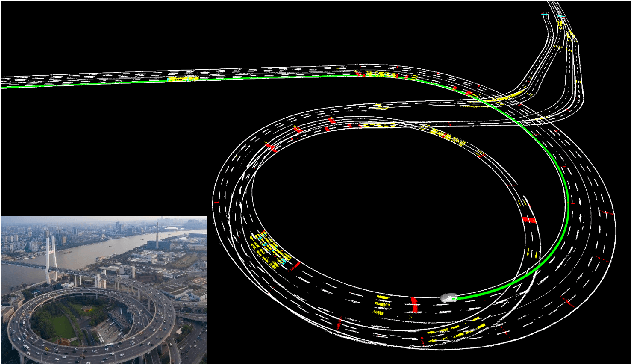
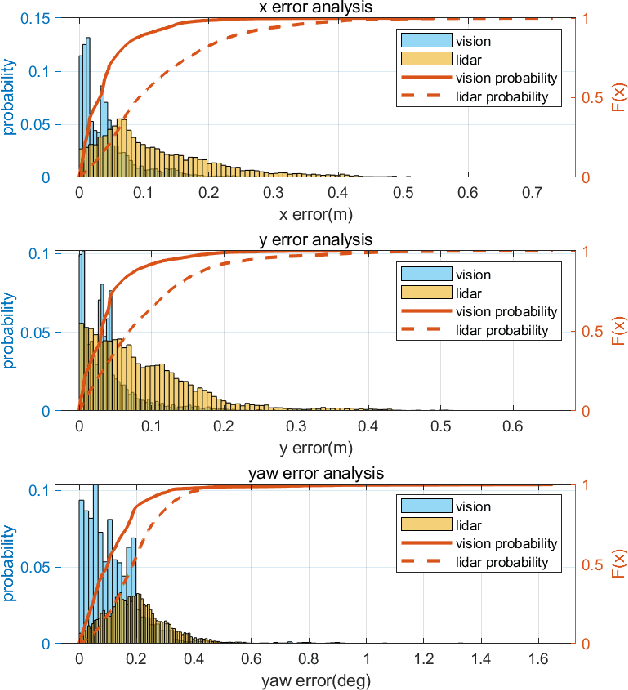
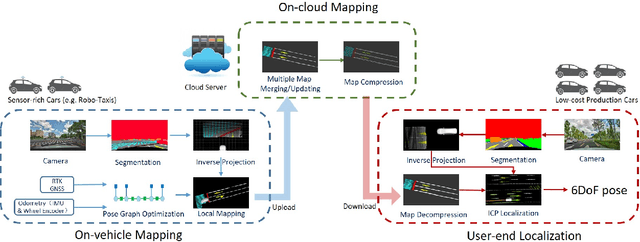
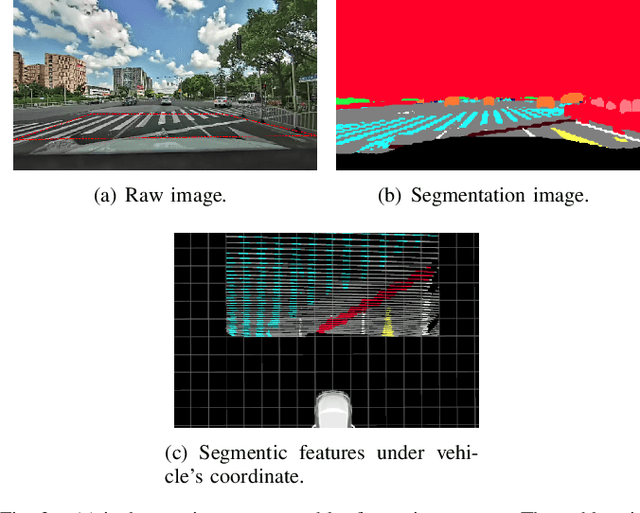
Abstract:Accurate localization is of crucial importance for autonomous driving tasks. Nowadays, we have seen a lot of sensor-rich vehicles (e.g. Robo-taxi) driving on the street autonomously, which rely on high-accurate sensors (e.g. Lidar and RTK GPS) and high-resolution map. However, low-cost production cars cannot afford such high expenses on sensors and maps. How to reduce costs? How do sensor-rich vehicles benefit low-cost cars? In this paper, we proposed a light-weight localization solution, which relies on low-cost cameras and compact visual semantic maps. The map is easily produced and updated by sensor-rich vehicles in a crowd-sourced way. Specifically, the map consists of several semantic elements, such as lane line, crosswalk, ground sign, and stop line on the road surface. We introduce the whole framework of on-vehicle mapping, on-cloud maintenance, and user-end localization. The map data is collected and preprocessed on vehicles. Then, the crowd-sourced data is uploaded to a cloud server. The mass data from multiple vehicles are merged on the cloud so that the semantic map is updated in time. Finally, the semantic map is compressed and distributed to production cars, which use this map for localization. We validate the performance of the proposed map in real-world experiments and compare it against other algorithms. The average size of the semantic map is $36$ kb/km. We highlight that this framework is a reliable and practical localization solution for autonomous driving.
A Generic Inverted Index Framework for Similarity Search on the GPU - Technical Report
Aug 14, 2018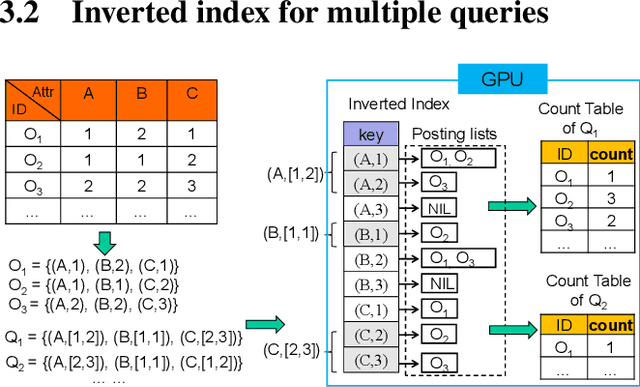

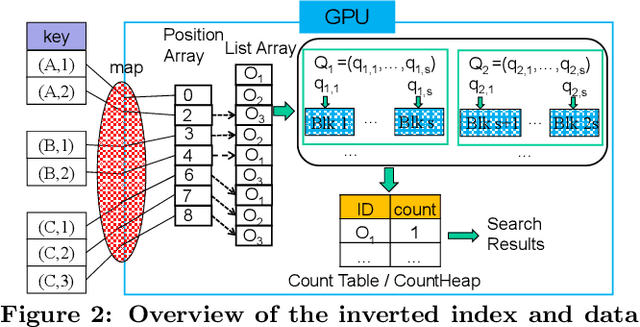

Abstract:We propose a novel generic inverted index framework on the GPU (called GENIE), aiming to reduce the programming complexity of the GPU for parallel similarity search of different data types. Not every data type and similarity measure are supported by GENIE, but many popular ones are. We present the system design of GENIE, and demonstrate similarity search with GENIE on several data types along with a theoretical analysis of search results. A new concept of locality sensitive hashing (LSH) named $\tau$-ANN search, and a novel data structure c-PQ on the GPU are also proposed for achieving this purpose. Extensive experiments on different real-life datasets demonstrate the efficiency and effectiveness of our framework. The implemented system has been released as open source.
 Add to Chrome
Add to Chrome Add to Firefox
Add to Firefox Add to Edge
Add to Edge